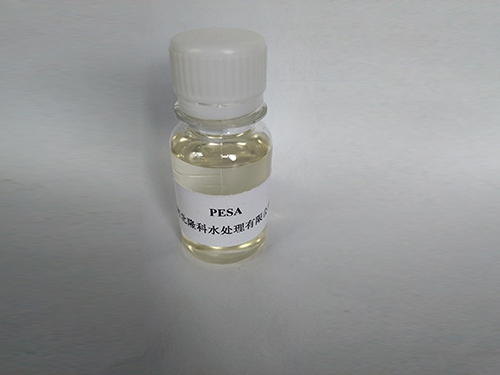chemical coagulation and flocculation water treatment
Chemical Coagulation and Flocculation in Water Treatment
Chemical coagulation and flocculation are essential processes in water treatment aimed at removing suspended particles, colloids, and dissolved organic matter from water. These processes are crucial for producing clean and potable water, especially in municipal water treatment plants.
Coagulation is the first step in this treatment process. It involves the addition of chemical coagulants, such as aluminum sulfate (alum) or ferric chloride, to the water. These chemicals have a positive charge that neutralizes the negative charges on suspended particles. When the particles are neutralized, they agglomerate or clump together, forming larger particles known as flocs. This is an essential step, as small particles are often difficult to remove due to their low settling rates.
Following coagulation, the flocculation process begins. This involves gentle mixing of the water to encourage the formation of larger flocs from the smaller ones. During flocculation, conditions are optimized to enhance the collision between particles, promoting their aggregation. This can be achieved through a series of mechanical stirrers or slow mixers in the treatment tank.
chemical coagulation and flocculation water treatment

Once flocs are formed and have reached sufficient size, sedimentation or flotation processes can take place. Sedimentation relies on gravity to separate solid flocs from the water, allowing clean water to be collected from the top. In some advanced systems, flotation may be used where air bubbles are introduced to the water, causing the flocs to rise to the surface for easier removal.
Chemical coagulation and flocculation not only improve water clarity but also significantly enhance the removal of pathogens and organic contaminants, therefore reducing the risks of waterborne diseases. These processes can also improve the efficiency of subsequent filtration stages, as clearer water allows filters to operate more effectively.
In conclusion, chemical coagulation and flocculation play a vital role in the water treatment process. They help in achieving higher water quality standards and ensure safe drinking water for communities. As water pollution continues to rise globally, understanding and enhancing these techniques will be critical for sustainable water management in the future.
-
Water Treatment with Flocculant Water TreatmentNewsJun.12,2025
-
Polymaleic AnhydrideNewsJun.12,2025
-
Polyaspartic AcidNewsJun.12,2025
-
Enhance Industrial Processes with IsothiazolinonesNewsJun.12,2025
-
Enhance Industrial Processes with PBTCA SolutionsNewsJun.12,2025
-
Dodecyldimethylbenzylammonium Chloride SolutionsNewsJun.12,2025





